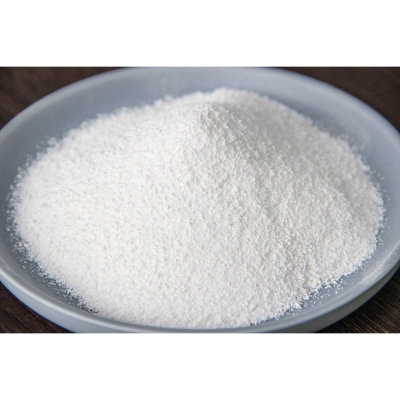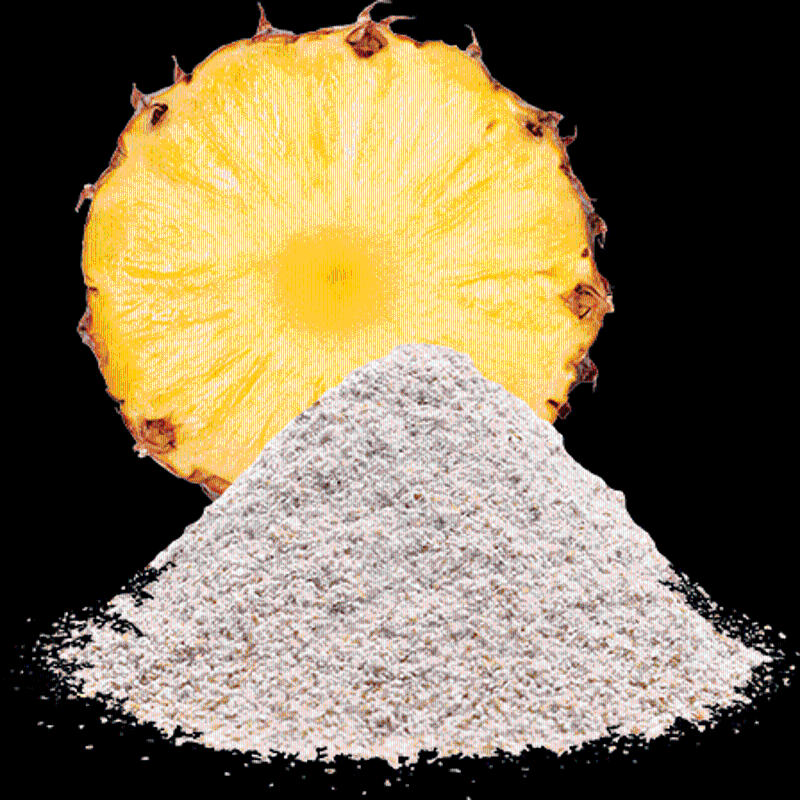-
Categories
-
Pharmaceutical Intermediates
-
Active Pharmaceutical Ingredients
-
Food Additives
- Industrial Coatings
- Agrochemicals
- Dyes and Pigments
- Surfactant
- Flavors and Fragrances
- Chemical Reagents
- Catalyst and Auxiliary
- Natural Products
- Inorganic Chemistry
-
Organic Chemistry
-
Biochemical Engineering
- Analytical Chemistry
-
Cosmetic Ingredient
- Water Treatment Chemical
-
Pharmaceutical Intermediates
Promotion
ECHEMI Mall
Wholesale
Weekly Price
Exhibition
News
-
Trade Service
Light pollution, also known as light pollution, is a problem caused by human overuse of lighting systems
In fact, in addition to daily life, there are also light pollution problems in qPCR experiments! qPCR, also known as fluorescent quantitative PCR, uses the fluorescent group and quencher group to be labeled at both ends of a specific probe, and then relies on the effect of the quencher group on the fluorescent group--quenching or releasing the fluorescent group-- To achieve the purpose of accurate quantification of DNA or RNA
If the cell is compared to the endless night, the probe is undoubtedly the enlightening lamp in the night, the reporter group is the light bulb, the specific sequence is the guide, directing the position of the targeted gene, and the quenching group is the switch of the light.
Accurate guidance and quantification of the target, in addition to the specificity of the guide (sequence), is also determined by the quality of the switch (quenching efficiency of the quenching group).
Therefore, sometimes, when the expression of the target gene cannot be detected by qPCR or the result is inaccurate, it may not be that there is a problem with the specificity of the probe or primer, nor the problem with the enzyme.
BHQ---True black hole quencher, Biosearch** technology, the gospel of qPCR and SNP typing
In order to solve the problem of light pollution in the qPCR experimental system and maximize the signal-to-noise ratio of the fluorescent signal, Biosearch Technologies, an agent of Gene Co.
Application of BHQ black hole quencher and full-band non-cross-color fluorescent dyes in multiple detection of viruses
In response to Zika, Dengue fever, Chikungunya and West Nile virus that have been raging in recent years, the US FDA launched a'take all' test kit in August 2017: CII-ArboViroPlex rRT-PCR assay[PX1]
Although the name seems very complicated, its essence is just a multiplex fluorescence quantitative PCR kit
In conventional laboratories, the problem of cross-color is already faced when doing 2-plex PCR testing, let alone 5-plex
How does this kit achieve 5-fold detection without cross-color?
After careful study, it is found that it has made a lot of effort in the choice of fluorescence:
① CAL Fluor Red 610 for ZIKV
Among them, CAL Fluor Red 610, CAL Fluor Orange 560, Quasar 670 and Quasar 705 are LGC Biosearch's ** dyes
In addition, what should I do if the background signal is extremely high when the 5 fluorescent dyes are gathered together? Here is a perfect solution with BHQ!
In fact, Biosearch's fluorescent dyes are far more than these, and they have truly achieved full-band coverage!
qPCR and multiple qPCR primer and probe design utility
In addition to high-efficiency fluorescent quenching dyes and various >https:// ) With the fluorophore spectrum selection tool ( http://qpcrdesign.
Online interface of fluorophore spectrum selection tool:
Biosearch Technologies----The global leader in fluorescent primer/probe design and synthesis
The founder Ron Cook and Nobel laureate Kary Mullis (inventor of PCR) jointly invented the Biosearch SAM I oligonucleotide synthesizer and synthesized the world's first PCR primers
Gene Co.
, Ltd.
is the authorized first-level agent of Biosearch Technologies.
Welcome to contact us for more information about Biosearch Technologies products
.







